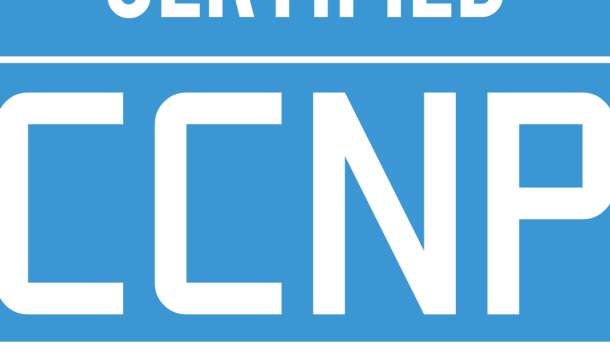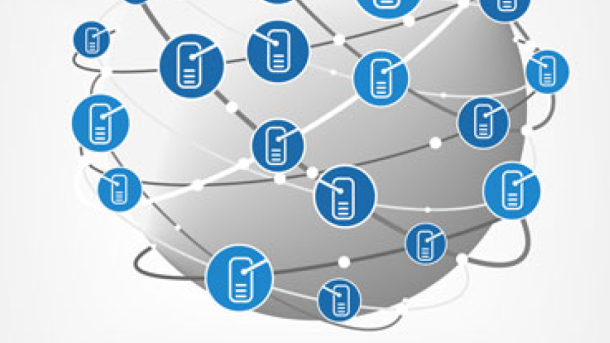Looking to test your knowledge of Linux essentials? Take this practice exam for free and sharpen your skills!
Preparation Tips for LPI 010-160 Exam
– Familiarize yourself with the exam format and structure to better prepare for the LPI 010-160 exam. This includes understanding the types of questions that will be asked and the time constraints you will have during the exam.
– Practice regularly using online resources or study guides to reinforce your understanding of Linux essentials concepts. This will help you identify areas where you may need to focus more attention and improve your overall performance on the exam.
– **Set specific goals** for your study sessions and track your progress to ensure you are staying on track. This will help you stay motivated and focused on your preparation for the exam.
– Take advantage of **practice exams** to simulate the actual testing environment and get a feel for the types of questions you may encounter. This will help build your confidence and reduce test anxiety on exam day.
– Seek feedback from peers or instructors to identify areas where you may need to improve and adjust your study plan accordingly. This will help you address any weaknesses before taking the exam.
– **Utilize study groups or forums** to collaborate with others who are also preparing for the LPI 010-160 exam. This can provide valuable insights and support as you navigate through your study materials.
– Stay organized and create a study schedule that works best for you. This will help you stay disciplined and ensure you are covering all the necessary material before the exam.
– Remember to take breaks and rest when needed to avoid burnout. It is important to maintain a healthy balance between studying and self-care to perform at your best on exam day.
– Lastly, trust in your preparation and believe in your abilities. Stay confident and focused during the exam, and remember that all your hard work and dedication will pay off in the end. Good luck!
Cost-Free Resources for 010-160 Exam Prep
Looking to prepare for the 010-160 exam but don’t want to break the bank? Look no further, as there are plenty of cost-free resources available to help you ace the Linux Essentials exam.
One great resource to start with is ***practice exams***. These exams are designed to simulate the real test-taking experience and help you gauge your knowledge and readiness for the exam. You can find free practice exams online that cover all the topics you need to know for the 010-160 exam.
Another valuable resource is online ***study guides***. These guides provide a comprehensive overview of the exam objectives and can help you focus your study efforts. Look for free study guides that cover topics like system architecture, Linux command line, and file management.
***Online forums*** can also be a great resource for exam prep. Joining a forum dedicated to Linux Essentials can give you access to a community of like-minded individuals who are also studying for the exam. You can ask questions, share resources, and get valuable feedback from others who are also preparing for the exam.
In addition to online resources, don’t forget about ***books***. While some study guides can be found for free online, investing in a comprehensive textbook may also be worth considering. Look for books that cover all the exam objectives in detail and include practice questions to test your knowledge.
Lastly, don’t underestimate the power of ***online tutorials***. Platforms like YouTube and Khan Academy offer a wealth of free tutorials on Linux Essentials topics. These tutorials can help reinforce your understanding of key concepts and provide additional study material.
By taking advantage of these cost-free resources, you can effectively prepare for the 010-160 exam without breaking the bank.
Realistic Approach to Studying for 010-160
When studying for the 010-160 exam, taking a realistic approach is essential for success. Focus on understanding the key concepts and principles of Linux rather than memorizing information. This will help you to apply your knowledge effectively in real-world scenarios.
One effective way to prepare for the exam is to take practice exams. These exams will help you familiarize yourself with the format of the test and identify areas where you may need to focus your studies. Look for resources that offer **free Linux Essentials practice exams** to get a feel for the types of questions you may encounter.
Additionally, consider enrolling in a **Linux Essentials training course** to deepen your understanding of the material. These courses often provide hands-on experience with Linux systems, which can be invaluable when preparing for the exam. Don’t be afraid to ask questions and seek clarification on any topics that you find challenging.
It’s also important to set realistic goals for your study sessions. Break down the material into manageable chunks and create a study schedule that works for you. Consistency is key, so try to study a little bit every day rather than cramming all at once. This will help you retain information better and reduce the stress of last-minute studying.
Don’t be discouraged if you encounter difficulties along the way.
















